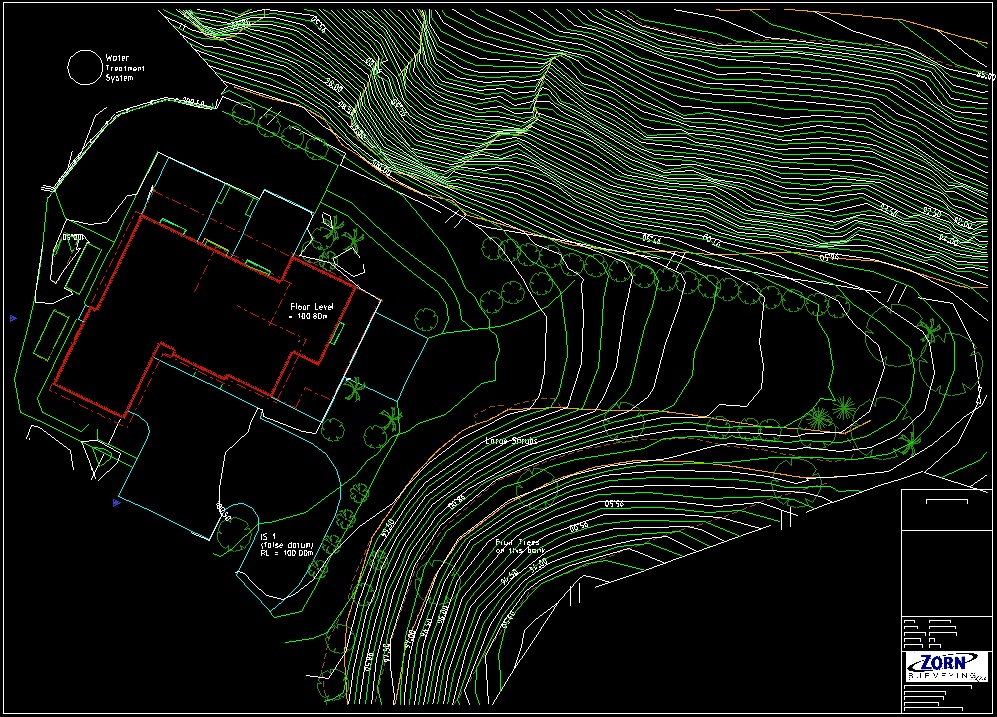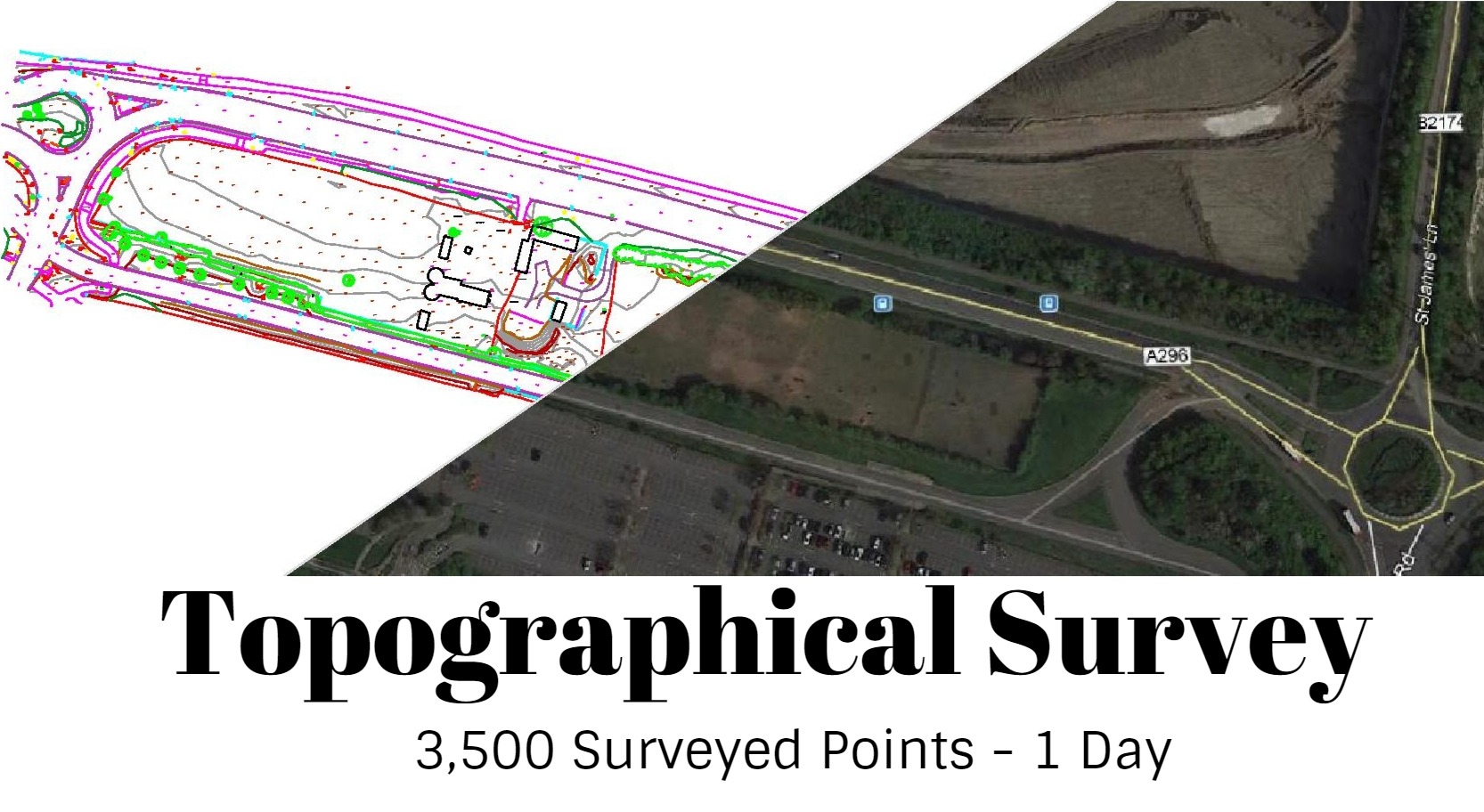The Essential Role of Setting Out Engineering in Modern Construction
Essential Devices and Techniques in Establishing Out Engineering
The technique of setting out engineering depends heavily on a collection of crucial tools and methods that underpin the accuracy and performance of job execution. Instruments such as land surveyor's degrees, overall terminals, and advanced GPS technology are indispensable for establishing specific recommendation points. The assimilation of traditional methods with contemporary techniques, including geospatial analysis and 3D modeling, offers significant benefits in envisioning site conditions. Comprehending how these aspects interact is crucial for decreasing errors and improving task results, yet the subtleties of their application commonly continue to be overlooked. What implications does this hold for future engineering methods?
The Value of Accurate Dimensions

The significance of precise dimensions prolongs past simple compliance; they are essential to the overall effectiveness of design procedures. Mistakes can cause worldly waste, project delays, and increased labor costs, ultimately affecting the task's bottom line. Precise dimensions boost the quality of the final item, ensuring that it performs as meant and meets the assumptions of stakeholders.
Moreover, the value of accurate measurements is noticeable in different design self-controls, consisting of civil, mechanical, and electrical engineering. Hence, cultivating a society that prioritizes precision is vital for the future of engineering.
Essential Devices for Laying Out
Setting out, a crucial stage in the design and building procedure, depends greatly on certain devices that make certain exact location and positioning of structures. Among these devices, the surveyor's degree stands out, offering precise straight measurements important for establishing referral factors. This instrument allows engineers to determine elevation changes and preserve uniformity throughout the job website.
The total terminal is an additional vital device, integrating digital range measurement with angular dimension capacities. This technology enhances efficiency and accuracy in capturing spatial information, permitting efficient website layout and preparation.
Additionally, using determining tapes and noting devices, such as chalk lines or stakes, is basic for briefly noting borders and essential factors on the site. These fundamental tools, though easy, are vital for guaranteeing clear communication amongst the construction group concerning task specs.
Lastly, GPS technology has actually gotten traction in setting out processes, giving real-time positioning data and considerably enhancing precision over standard methods. Jointly, these crucial tools create the foundation of reliable establishing out practices, inevitably contributing to the successful implementation of engineering and building tasks.
Advanced Checking Techniques
Advanced checking strategies play an essential duty in boosting the precision and efficiency of engineering tasks. These techniques include a series of techniques that provide accurate data for layout and construction. Conventional techniques, such as progressing and triangulation, have actually progressed into a lot more innovative approaches, consisting of Complete Terminal surveys and Worldwide Navigation Satellite Solution (GNSS)
Total Station tools incorporate digital theodolites with distance dimension capabilities, permitting property surveyors to gather precise place information with wonderful rate. This modern technology dramatically decreases errors linked with manual measurements and offers real-time information processing. Moreover, GNSS provides unmatched precision for large-scale tasks by using satellite signals to determine specific positioning, which is essential for guaranteeing and straightening structures conformity with design specs.
In enhancement to these tools, progressed methods likewise include geospatial analysis and 3D modeling. These approaches make it possible for engineers to picture surface and site problems extra successfully, facilitating better decision-making during the planning phase. By employing these innovative checking techniques, design projects can achieve greater accuracy in format, lower rework, and eventually enhance total project success.
Digital Innovation in Engineering
The integration of digital innovation has actually changed engineering practices, boosting both performance and accuracy across different self-controls. Tools such as Building Information Modeling (BIM) facilitate the visualization and administration of complicated jobs, allowing engineers to team up seamlessly and make notified choices. This technology makes it possible for the creation of detailed 3D models, which can be evaluated for architectural stability and efficiency before building and construction begins.

The application of synthetic knowledge and machine knowing in engineering processes better boosts anticipating maintenance and optimization of sources. visit this website In general, digital modern technology is improving the engineering landscape, driving advancement, and making certain that tasks are completed with better performance and reduced danger.
Ideal Practices for Execution
When implementing digital innovation in engineering, it is vital to establish a strategic approach that aligns with project objectives and business capabilities. A complete assessment of existing workflows and modern technology facilities is necessary to recognize spaces and possibilities for improvement. Involving stakeholders early while doing so fosters collaboration and ensures that the innovation meets customer demands.

Job supervisors must embrace an iterative application strategy, enabling modifications based upon real-time responses and performance analyses. This active technique not just alleviates dangers however additionally promotes continual enhancement by integrating lessons learned.
Final Thought
Finally, the integration of essential tools and progressed methods in laying out engineering is essential for guaranteeing accuracy in dimensions and effective job implementation. Using tools such as land surveyor's levels, total stations, and GPS technology, along with modern-day surveying methods, boosts accuracy and minimizes the likelihood of errors. Embracing ideal practices in application further maximizes these processes, inevitably cultivating improved task results in the engineering and building fields.
The self-control of establishing out design depends greatly on a collection of important tools and methods that underpin the accuracy and performance of task implementation.In addition, the significance of precise measurements is evident in various engineering techniques, consisting of civil, mechanical, and Look At This electric engineering. By using these advanced surveying strategies, engineering projects can accomplish higher precision in format, decrease rework, and inevitably boost overall project success.
Overall, digital innovation is improving the engineering landscape, driving development, and ensuring that jobs are finished with better effectiveness and lowered danger (setting out engineering).In conclusion, the assimilation of necessary tools and progressed strategies in establishing out design is crucial for ensuring accuracy in measurements and effective project execution